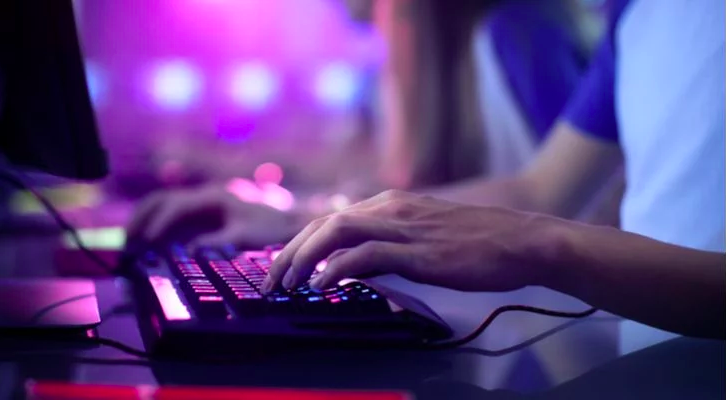When it comes to bolstering your organization’s cybersecurity, there’s no harm in covering all your bases. From IT to HR, everyone is a potential target—which means that everyone should know how to defend themselves.
However, it can be hard to keep up with the latest developments in cyber-defense when you’re not working on the cutting edge. Some of the most common vulnerabilities include unpatched systems and reused passwords, two mundane mishaps that can be found in offices all over the world.
Chief information security officers (CISOs) and their teams are tasked with the responsibility to combat human errors like these, but cybersecurity isn’t a one-department battle. Now, to help employees stay up-to-date on cyber-risk management, they’re looking to a strategy straight out of the digital age: gamification.
Gaming the System
Gamification is the application of game-design elements and game principles in non-game contexts, and when it comes to cybersecurity, it can make a critical difference in reducing your organization’s breach risk.
The American Psychological Association has found that competition increases physiological and psychological engagement, which enables higher performance in individual employees. And when higher performance means quickly detecting and averting security threats, these small differences can lead to a world of change.
Additionally, whereas things like regularly changing passwords and installing system updates tend to be seen as “busywork” or lacking everyday value, gamification incentivizes these activities with potential points, rewards, and recognition.
Using a gamification platform (like Plecto or Zunos) can also be useful in tracking and validating different gamified “tasks,” as well as publishing “scores” on a leaderboard or announcing new incentives. Making these scores public, as well as recognizing top performers with rewards on a semi-regular basis, can inspire employees to consistently check on how they’re meeting cybersecurity standards.
On the other side of things, a platform that makes use of AI or another automated program can assess employees that may need further cybersecurity training, identify risk hotspots or reused passwords, and recognize ineffectual or overcomplicated security controls. Gamification doesn’t just have to benefit employees—implemented correctly, it can help everyone improve.
Knocking Out Threats
Everyone needs to start somewhere. While your organization has the opportunity to strengthen itself from within, there are some threats that you need help to combat—and that’s where BAI Security comes in.
Our IT Security Assessment focuses on keeping your data safe and your business compliant with techniques and solutions influenced by real-world experience. Our key services include the following:
- Vulnerability and Penetration Testing
- Extensive Firewall Evaluation
- Social Engineering Evaluation
- Antivirus Best Practices Evaluation
- Network Security Best Practices Evaluation
- Remote Location (Branch) Evaluation
- Remote Access Evaluation
- Telco-Testing/War-Dialing Evaluation
- Wireless Security Evaluation
All the best leaders in cybersecurity know that when it comes to combating threats to their people, the most effective solutions are born out of teamwork. So don’t go it alone: contact us today.









